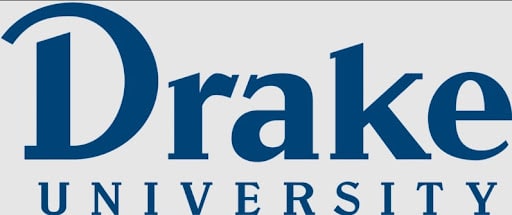Rate increases drive Iowa small groups to seek creative solutions

On average, small employer groups in Iowa will see their health care premiums rise 15 to 20 percent in 2018, according to an expert with Holmes Murphy & Associates. And the rising costs are driving more Iowa small businesses to venture into newer types of self-funded plans as a cost-saving strategy.
“The rate increases for small groups have been fairly high,” said Nataliya Boychenko, assistant vice president of employee benefits with Holmes Murphy. Among small groups of 50 or fewer employees that are subject to community rating (not grandmothered under an Affordable Care Act plan), the average premium increase in Iowa is over 15 percent. “In our region, it’s closer to 20 percent,” she said. “For small employers, that’s a large increase.”
Small employers are seeing more innovative solutions offered by insurance carriers, Boychenko said. “For example, Aetna came out with its Advantage Funding plan, which allows employers in good performance years to get some of that money back. Holmes Murphy is also coming out with solutions to help those groups ‘beat the market,’ as we would call it.”
Over the past two years, there has also been significantly greater interest from companies with between 50 and 100 employees in forming self-funded plans known as “employee benefit captives” as a strategy for stabilizing their rates, which can also enable them to avoid some of the Affordable Care Act fees. By pooling with other like-minded employers, it’s almost like they’re creating their own insurance company to buy medical coverage, Boychenko said.
Factors such as the company’s demographics, culture and goals will determine whether that strategy is a good fit, but more companies are considering employee benefit captives for the first time, she said. “The idea is that you’re creating a cleaner benefits pool than you would have in the insurance company pool — you can influence the behavior of your own employees through wellness strategies.”
Some companies are also moving to partial self-funded plans, in which they offer a high-deductible fully insured plan, which the company would buy down from perhaps a $5,000 deductible to a more manageable $1,500 or $2,000 deductible for its employees. “That has been a good strategy for some of the employers this year,” Boychenko said.
For those companies that chose to shop for a different carrier, both large and small employers had just three options for coverage in 2018: Aetna, UnitedHealthcare and Wellmark.
“This year we did notice that Aetna went down to one plan option, and it doesn’t look like they’re trying to stay in that under-50 segment,” Boychenko said. “So for the small employer it’s really down to two carriers — Wellmark versus UnitedHealthcare.”
No Iowa employers that Holmes Murphy works with have stopped offering employer-based coverage for 2018; the current low unemployment rate is probably a driving factor, Boychenko said.
Overall, the average deductible level continues to creep up, and more companies are introducing a dual option that includes a high-deductible plan at a lower premium cost alongside a core plan offering equivalent to a Bronze level plan. For groups with 51 to 99 lives, the average deductible for 2018 is $2,500, versus $2,000 a year ago.
Looking ahead to the 2019 plan year, the West Des Moines-based benefits broker is working on a health reimbursement arrangement (HRA) partnership that will enable employers to take advantage of the executive order signed by the president earlier this year. Under the new rules, companies would be given more flexibility to fund HRAs to assist employees with purchasing their own individual coverage.









